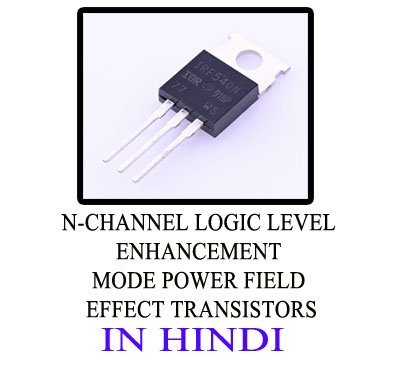N-Channel logic level enhancement mode power field effect transistors N-channel logic-level enhancement-mode power field-effect transistors (MOSFETs) are essential components in modern electronics, particularly in power switching applications. Here’s a breakdown of what that terminology means: Key Terms Explained: N-Channel: This refers to the type of semiconductor material used in the MOSFET’s channel. In an N-channel […]
Voltage input and battery charging section – हिंदी में The voltage input and battery charging section of a laptop motherboard is a complex and vital area. It’s responsible for managing the power flow from both the AC adapter and the battery, ensuring the laptop operates correctly and the battery charges safely. Here’s a more detailed […]
Laptop Audio Codecs chips हिंदी में When discussing laptop audio codec chips, we’re delving into the components responsible for processing audio signals within the device. Here’s a breakdown of their function and some key points: What Audio Codec Chips Do: Analog-to-Digital Conversion (ADC): When you speak into a laptop’s microphone, the audio is in analog […]
Embedded Controller -Super IO Chip The relationship between the Embedded Controller (EC) and the Super I/O chip in modern laptops is very close, and sometimes the functions are integrated into a single chip. Here’s a breakdown to clarify their roles and interaction: Super I/O Chip: Traditional Role: Historically, the Super I/O chip handled basic input/output […]
Super IO Chip – Introduction Laptop Chip Level The Super I/O (Input/Output) chip is a crucial component on a laptop motherboard, playing a vital role in controlling various low-speed peripheral devices. Here’s an introduction to its function and significance in laptop chip-level repair: What is a Super I/O Chip? The Super I/O chip is an […]
Motherboard Architecture – Chip Level Laptop Repair Understanding motherboard architecture is fundamental for effective chip-level laptop repair. Here’s a breakdown of key architectural components and their relevance to repairs: Core Components and Their Functions: CPU (Central Processing Unit): The “brain” of the laptop, responsible for executing instructions. Chip-level repairs might involve issues related to […]
Laptop Motherboard Schematic Codes for SMD Components When working with laptop motherboard schematics and SMD components, understanding the coding system is crucial. Here’s a breakdown of the common codes and how they relate to SMD components: General Component Designations: R: Resistor C: Capacitor L: Inductor D: Diode Q: Transistor U: Integrated Circuit (IC) F: Fuse […]
HTC SMD Component Tester – Laptop Chip Level When dealing with laptop chip-level repairs, especially concerning SMD (Surface Mount Device) components, having a reliable tester is essential. HTC instruments produces SMD component testers that are used for this type of work. Here’s a breakdown of what that entails: Understanding SMD Component Testing: SMD Components: […]
How to Download Schematics Using Motherboard PN Finding and downloading motherboard schematics can be tricky, as they’re often considered proprietary information. However, here’s a breakdown of the process and what to expect: 1. Identifying the Motherboard Part Number (PN): Physical Inspection: The most reliable way is to physically inspect the motherboard. Look for printed labels […]
How to Schematic Diagram Reading Section Wise Reading schematic diagrams effectively involves a systematic approach. Here’s a breakdown of how to read them section-wise: 1. Understanding the Basics: Symbols: Familiarize yourself with standard electronic symbols (resistors, capacitors, transistors, ICs, etc.). Resources like SparkFun and online databases provide comprehensive symbol libraries. Understand that symbols are simplified […]

